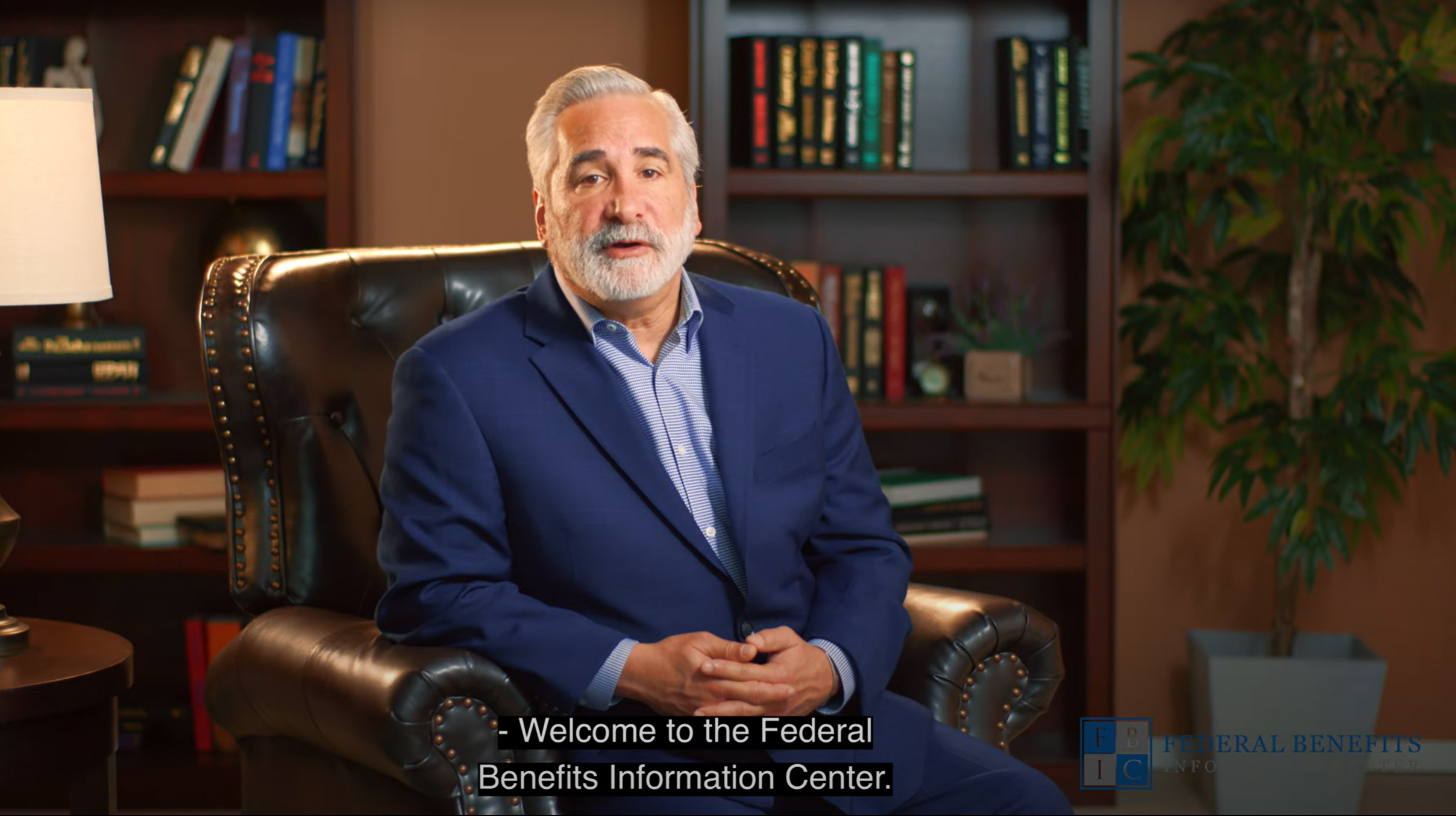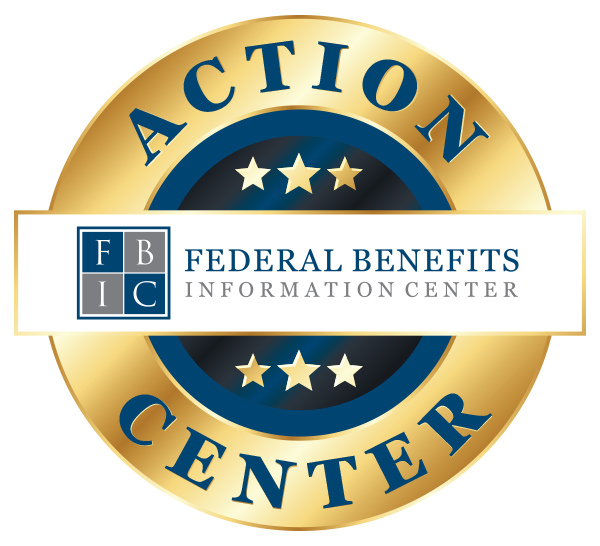This post offers key information on changes to your Postal Service Health Benefits. The USPS has paid into Medicare for postal employees’ entire careers. When postal employees retire, many choose not to enroll in Medicare Part B and simply keep Federal Employee Health Benefits (FEHB), which is generally better and cheaper. An employee’s spouse can stay on FEHB as well and avoid enrolling in Medicare Part B.
However, the USPS is requiring retirees/annuitants to enroll in Medicare Part B at age 65 to keep FEHB, which will become Postal Service Health Benefits (PSHB). PSHB is supposed to be cheaper than the current FEHB plans and, when combined with Medicare Part B, may save annuitants money. The keywords here are “supposed to” and “may.”
Exceptions to the Medicare Requirement for Postal Service Health Benefits
Current employees retiring before January 1, 2025, or are a minimum age of 64 on January 1, 2025, will not be required to enroll in Medicare Part B at age 65. Additionally, if an employee is age 64 on January 1, 2025, and keeps working until age 70, they are still not required to enroll in Medicare Part B once they have retired.
Other exceptions to the enrollment requirement include:
• You live outside the United States
• You are a part of the VA
• You are a part of Indian Health Services.
What if you retire and do not meet the exceptions?
If you do not meet the criteria for an exception, you must enroll in Medicare Part B at age 65 to keep your PSHB. No Medicare means No PSHB.
The effect on your health benefits depends on your situation:
1. Married, employee and spouse are the same age:
If an employee goes to Medicare at age 65, their spouse must also go to Medicare at 65 to keep PSHB. You must still choose Surviving Spouse Benefit (SSB) 50% or 25% so the spouse can stay on PSHB if the employee passes away first. You may not be able to cancel the SSB when the spouse goes on Medicare.
2. Married, employee with much younger spouse:
The employee goes to Medicare at age 65 but still wants their spouse to stay on PSHB. They must still choose an SSB of 50% or 25%. You may not be able to cancel SSB when your spouse goes on Medicare.
3. Married, employee with a much older spouse:
The employee goes on Medicare at 65. Since the employee was working, their spouse was not required to enroll in Medicare Part B. The spouse should not be penalized for late enrollment if they were covered on the employee’s sponsored plan. The employee must still choose an SSB 50% or 25% for their spouse to stay on PSHB if the employee passes away first.
4. Married, employee eligible for VA benefits:
The employee is not required to enroll in Medicare Part B because of VA eligibility; therefore, they can keep PSHB. Since the employee is not required to enroll in Medicare Part B, neither is the spouse. The employee must choose an SSB 50% or 25% for their spouse to stay on PSHB if the employee passes away first.
5. Married, employee eligible for Tricare:
The employee is not required to enroll in Medicare Part B because of VA eligibility; therefore, they can keep PSHB. Since the employee is not required to enroll in Medicare Part B, neither is the spouse. Must choose SSB 50% or 25% for the spouse to stay on PSHB if the employee passes away first.
6. Married, employee’s spouse eligible for VA benefits:
The employee is required to enroll in Medicare Part B; however, their spouse is not required to enroll in Medicare Part B due to VA eligibility. The employee and their spouse can keep PSHB, but the employee must select an SSB of 50% or 25% for the spouse to stay on PSHB if the employee passes away first.
7. Married, employee’s spouse is eligible for Tricare:
The employee is not required to enroll in Medicare Part B because their spouse’s Tricare will cover them. The employee can keep PSHB but must select an SSB of 50% or 25% for their spouse to stay on PSHB if the employee passes away first.
8. The employee retires and has children still eligible for PSHB:
The employee must still enroll in Medicare Part B in order to keep the spouse and children on PSHB. If the employee is married, they must select an SSB of 50% or 25% for their spouse to keep PSHB if the employee passes away before their spouse. If the employee is unmarried but needs PSHB, they must still go on Medicare Part B to keep PSHB for eligible children.
What to know about PSHB and healthcare costs
We have yet to get the correct rates, depending on the FEHB conversion to PSHB, but it is supposed to be cheaper. However, FEHB/PSHB plans offer a Self option, Self plus one, or Family. Medicare only provides individual plans, no family plans.
FEHB/PSHB premiums are not income-driven, but Medicare is. This difference could result in a postal employee paying considerably more in retirement at age 65 when forced to enroll in Medicare. This is because they not only have to pay for Medicare Part B, but their spouse may also have to pay for Medicare Part B. They must also pay for PSHB if they want or need to, and they may also pay 50% or 25% for the SSB.
Based on this, most Postal Employees will pay more, not less, especially if they are married with children under 25, their spouse needs PSHB, and their children need health insurance.
Written By: Erik H. Doty, ChFEBCsm
For further information, we may be reached at (800) 916-6115 or Contact Us using this form. If you are considering retirement before these changes to PSHB take effect, FBIC can help you understand your retirement income and options. Just complete the CABS report request available on this website.
Federal Benefits Information Center is not affiliated with, endorsed by, or sponsored by the Federal Government, the United States Postal Service, or any U.S. Government agency. CAGE: 96GQ5 UEI: JARLZ5TNHN66 DUNS number: 122391207






